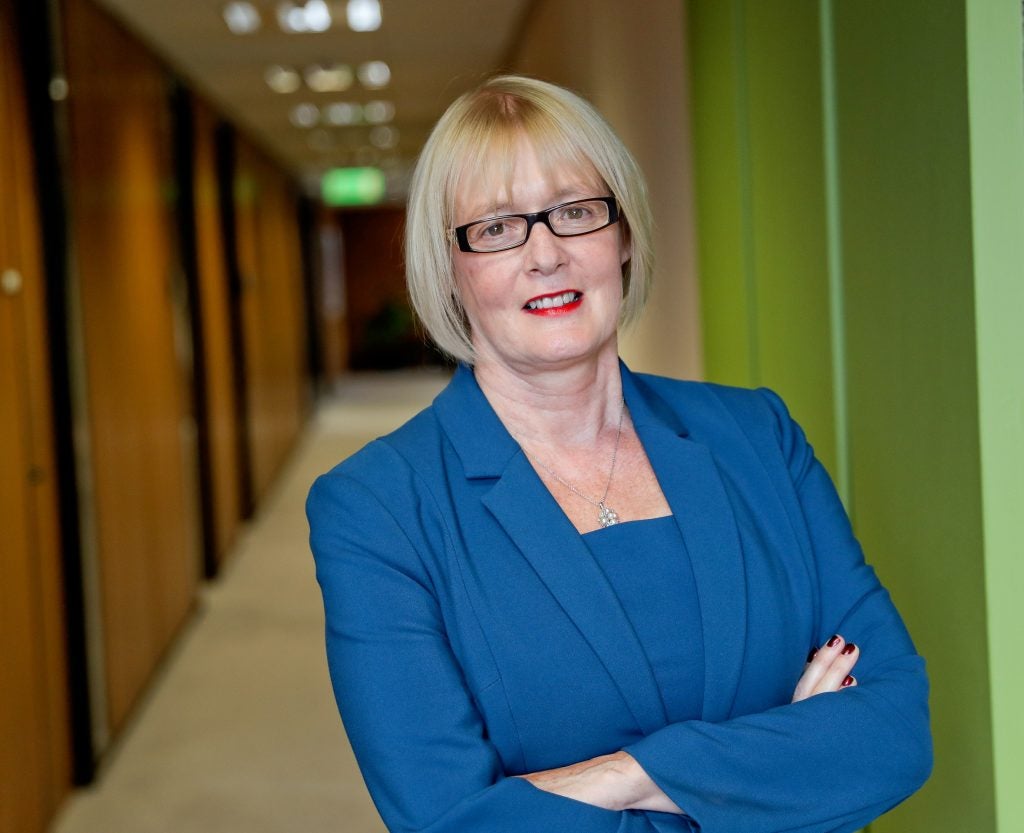
To meet the 2015 Paris Agreement objective of limiting the rise in global temperature to 1.5C, net-zero commitments have become top of mind for governments and leading companies around the world – a challenge highlighted by the UN Environment Programme, who recently reported that “there is no credible pathway to 1.5C in place”. Incremental changes are no longer enough and the race for heightened sustainability efforts is on.
Achieving net-zero is challenging, with many of the hurdles to progressing sustainability goals around communication and clarity – what to prioritise and when to invest. Companies like Boston Scientific – a global leader in medical devices – that started to move away from fossil fuels and towards lower carbon and more energy efficient options for several years ago, are now leading the charge and providing key learnings to others only beginning their transition.
For Boston Scientific, the story began in Ireland twenty years ago and one thing has become clear: net-zero progress requires more than ambition, it requires investment and a coherent strategy.
Sparking change twenty years ago
Boston Scientific has had a presence in Ireland for nearly 30 years – establishing its first site in Galway in 1994. With the company shipping well in excess of four million products from Ireland to the rest of the world – including defibrillators, pacemakers, heart stents and valves, vascular balloons, deep brain stimulators, catheters, coils and oesophageal stents – there was a heightened pressure for operational efficiency and high performance.
But twenty years ago, high-electricity costs in Ireland were a major obstacle for U.S.-headquartered companies – with a kilowatt-hour costing double in Ireland compared to mainland U.S. Because of this, energy conservation fast became a very important element of running operations in Ireland and it ultimately started to bring the manufacturing industry together – and began what would become a core element of operating in Ireland for many organisations: collaboration.
A leading example of what this collaboration can achieve was demonstrated by a government-sponsored technology centre, known as I2E2, which was formed to enable the Irish manufacturing industry to improve competitiveness via breakthroughs in energy efficiency and cost reduction. The common goal was clear: the companies were all paying a high energy rate – and this began the first driver to cut fossil fuel use and to transition towards less expensive and more efficient options where available.
How well do you really know your competitors?
Access the most comprehensive Company Profiles on the market, powered by GlobalData. Save hours of research. Gain competitive edge.

Thank you!
Your download email will arrive shortly
Not ready to buy yet? Download a free sample
We are confident about the unique quality of our Company Profiles. However, we want you to make the most beneficial decision for your business, so we offer a free sample that you can download by submitting the below form
By GlobalDataBoston Scientific’s GEMS Framework
I2E2 also brought in a very important component into the discussion – close collaboration with academia. Through this, a long-term collaboration between Boston Scientific and University of Galway began in 2013 – and for the next five years – Boston Scientific, began to develop an energy management system for their Galway campus as a pilot site. This later became the company’s Global Energy Management System (GEMS).
Developed with a rigour imposed by publishing in academic papers, GEMS is a framework for Boston Scientific and its journey to carbon neutrality, a pre-cursor to net-zero, focusing on cutting energy use, converting to renewable energy sources, and compensating with high-quality carbon-offsets for unavoidable emissions. The GEMS framework benchmarks best practices, monitors progress and publicly reports results using key performance indicators.

Turning theory into action
To achieve its ambitious goals, Boston Scientific has been making a number of investments not only in Ireland but also across the full breadth of its global operations. The company received ISO 14001 certification for Galway in 2001 – ensuring an effective environmental system that could be measured and improved.
Then came the GEMS framework in 2013 which was quickly followed by a range of milestone years. In 2017, Boston Scientific was one of the first medical device manufacturers to pledge carbon neutrality for scope 1 and 2 greenhouse gas (GHG) emissions in all manufacturing and key distribution sites by 2030.
In 2019, the company’s manufacturing sites located in Clonmel, Cork and Galway achieved the ISO 50001:2018 energy management certification – supporting objective, continual energy performance monitoring. Since then, the three Irish sites have been powered with 100% renewable electricity through supplier agreements.
In 2021, Boston Scientific expanded its climate action goals by joining the United Nations Race to Zero and Science Based Targets initiative (SBTi) Business Ambition for 1.5°C campaign. Then in 2022, Boston Scientific was once again one of the first companies in the Healthcare Equipment and Supplies sector to have net-zero, science-based Scope 1, 2 and 3 targets approved by SBTi, the predominate third-party net-zero target assessment organisation. This was a significant increase in ambition setting the company on a path towards net-zero GHG emissions across its entire value chain by 2050.
Part of the company’s success in Ireland has come through support from IDA Ireland, Ireland’s inward investment agency, which fosters valuable industry collaboration and supports investment with dedicated financial incentives. This was key in getting recent efficiency, electrification and decarbonisation projects established in Galway, with IDA Ireland providing significant capital support in 2016.
So far, Boston Scientific has either met or is on track to meet all its decarbonisation goals – The company’s investment, development and adherence to the GEMS framework has been a key success factor.
A five-step framework for all companies – DEEDS
Building a Boston Scientific ‘GEMS Framework’ from scratch is not without challenges – and not every company has the resources to do so. Learning from Industry best practice, and to support decarbonisation in Ireland, IDA Ireland works in partnership with clients through a framework called DEEDS. The framework aligns with Ireland’s National Climate Action Plan and EU strategy. It is applicable to any net-zero discussion or investment and helps structure complex priorities and communications.
The five clear, straightforward steps of DEEDS are:
- Develop a climate action plan – All first steps start at the beginning. Companies need to develop a corporate climate action plan (CAP) to comprehend their carbon emissions, set target metrics, put in place a multi-year investment plan for companies and monitor progress.
- Efficiency – DEEDS’ second step prioritises energy efficient solutions, to cut inefficient energy use (e.g., swapping lighting systems for LEDs and sensors, upgrading HVAC and smart energy systems, installing temperature controls, etc.). These straightforward methods often deliver greater than 20% energy savings.
- Electrification – A great number of firms use fossil fuel for activities which are readily feasible with electricity (e.g., heating systems, back-up generators and other equipment). Converting low heat needs (<150C) to heat pumps, battery systems and similar solutions will typically deliver an additional 20% plus reduction in carbon emissions.
- Decarbonisation – Often more difficult, companies use fossil fuel in high heat (>150C) manufacturing environments or generation of on-site electricity. These companies will need to explore new technologies, source green gas supplies (e.g., biomethane or hydrogen), and introduce solar and/or wind options to their operating environment. These solutions can be technically challenging, however they have an immediate and permanent impact on a firm’s carbon emissions.
- Scope 3 – Scope 1 covers onsite fossil fuel emissions, Scope 2 addresses indirect emissions from purchased electricity, and Scope 3 focuses on all other aspects (employee travel, raw material sourcing, distribution). Changes in Scope 3 emissions significantly impact carbon footprints and influence supply chain behaviour.
To compete in the world of tomorrow, leaders will be ambitious and implement changes quickly. For many others, collaboration, transparency and actioning a workable framework will be slower but no less important. IDA Ireland’s ‘DEEDS’ framework is one example of focusing on what needs to be done, clarifying priorities and communicating goals.
What is clear is the importance for all leaders to have a straightforward structure and plan, and to communicate with stakeholders, employees and investors. All companies need to implement and improve climate action performance, to future proof competitiveness and to ensure progress to a net-zero carbon economy.






